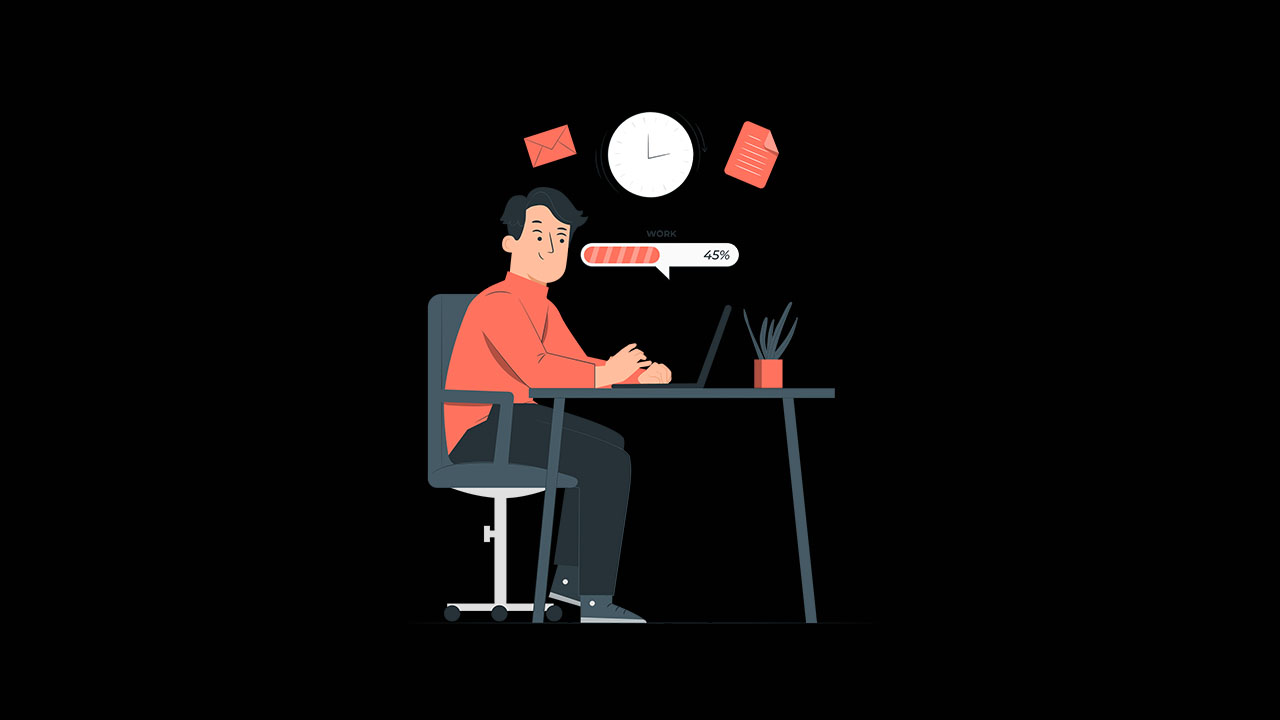Studying effectively requires more than just discipline; it demands a workspace that fosters concentration and productivity. A cluttered or poorly organized desk can be a significant barrier to learning. By learning how to organize a study table or desk in a way that minimizes distractions and maximizes efficiency, you can enhance your study sessions and make the most of your time. This post will guide you through the steps to organize your study table effectively, offering practical tips and strategies to create a workspace conducive to learning.
How to Organize It Effectively?
When it comes to organizing a study table, the key is simplicity and functionality. Start by removing everything from your desk. This may seem drastic, but it allows you to see how much space you actually have and what items are essential. Once your desk is clear, clean it thoroughly to remove any dust or grime that may have accumulated. A clean surface is not only hygienic but also psychologically refreshing.
Next, categorize your items into essentials and non-essentials. Essentials include items you use daily, such as your computer, notebooks, pens, and textbooks. Non-essentials are items you use less frequently or not at all during study sessions. Store these non-essentials in drawers or on shelves to keep your study table organized and clutter-free.
Place your computer or laptop in the center of your desk. This is likely your primary study tool, so it should be easily accessible. Surround your computer with frequently used items. For example, place your notebook and pen holder to one side, and your textbooks and reference materials to the other. This setup ensures that everything you need is within arm’s reach, reducing the time spent searching for materials and keeping you focused on your studies.
5 Tips to Create a Distraction-Less Desk
Creating a distraction-free desk is crucial for effective studying. Here are five tips to help you organize your study table and stay focused:
1. Limit Your Screen Time
One of the biggest distractions when studying is the constant lure of digital devices. To combat this, consider using commitment devices like WallHabit. WallHabit helps reduce screen time by offering features such as “hold to unlock,” which requires you to press and hold the screen to unlock certain apps. This simple action can deter you from mindlessly checking social media or other non-study-related apps. Additionally, WallHabit allows you to block shorts and reels, further minimizing distractions from video content.
2. Use a Desk Organizer
Invest in a good desk organizer. This can be a multi-compartment caddy or simple trays. The goal is to have a designated spot for everything. Keep your pens, highlighters, and other stationery items in one section, and your paper clips, sticky notes, and other small items in another. This is an essential step if you’re trying to figure out how to organize your study table for maximum efficiency. A well-organized desk can save you time and reduce stress, allowing you to focus more on your studies.
3. Incorporate Natural Elements
Adding natural elements to your desk can enhance your mood and boost productivity. Consider placing a small plant or two on your desk. Plants like succulents or small potted herbs require minimal maintenance and can create a more inviting and calming study environment. The presence of greenery can also improve air quality and reduce stress.
4. Optimize Lighting
Good lighting is essential for an effective study environment. Natural light is best, so position your desk near a window if possible. If natural light is not an option, invest in a good desk lamp that provides ample light without causing glare. Adjustable lamps are ideal as they allow you to direct light where you need it most. Proper lighting can reduce eye strain and help you stay focused for longer periods. Lighting is a key element when learning how to organize a study table for productivity.
5. Personalize Your Space
While it’s important to keep your desk free from unnecessary items, a few personal touches can make your study area more enjoyable. Add a couple of photos, motivational quotes, or artwork that inspires you. Personalizing your space can make it more inviting and increase your motivation to spend time there. Just be careful not to overdo it, as too many personal items can become a distraction.
Conclusion
Creating an organized and distraction-free desk is an essential step toward effective studying. By simplifying your workspace, categorizing your items, and incorporating tools like WallHabit to limit screen time, you can create an environment that enhances your focus and productivity. Remember to use desk organizers, add natural elements, optimize your lighting, and personalize your space thoughtfully. These changes will not only organize your study table but also transform your desk into a powerful tool for learning.
In summary, a well-organized desk is more than just a tidy space; it’s a foundation for effective study habits. Whether you’re preparing for exams, working on assignments, or simply trying to stay ahead in your classes, knowing how to organize your study table can make all the difference. Implement these tips and strategies to create a study environment that works for you. Happy studying!

